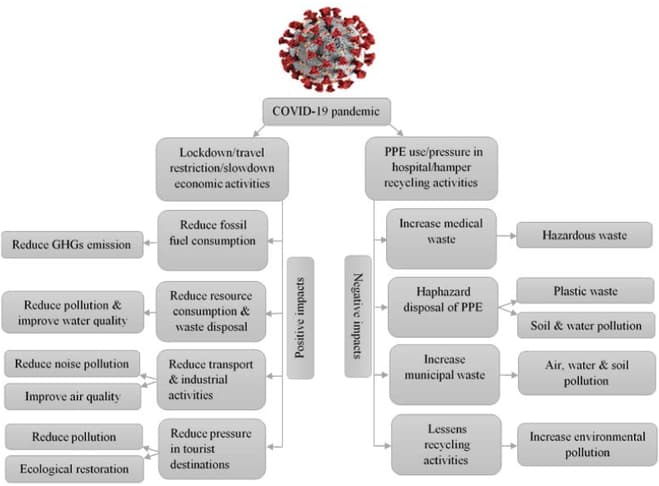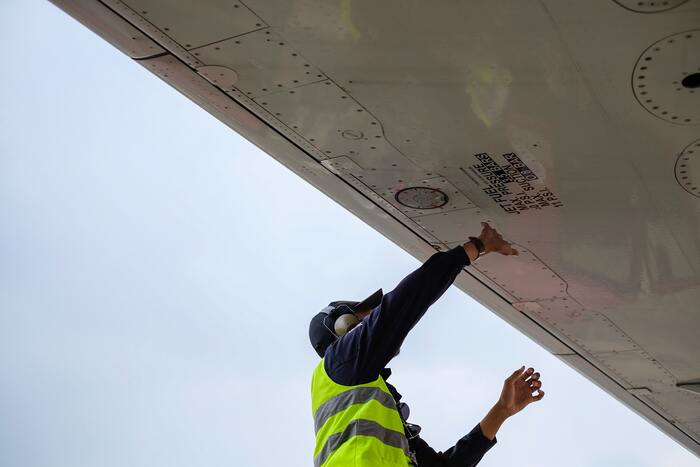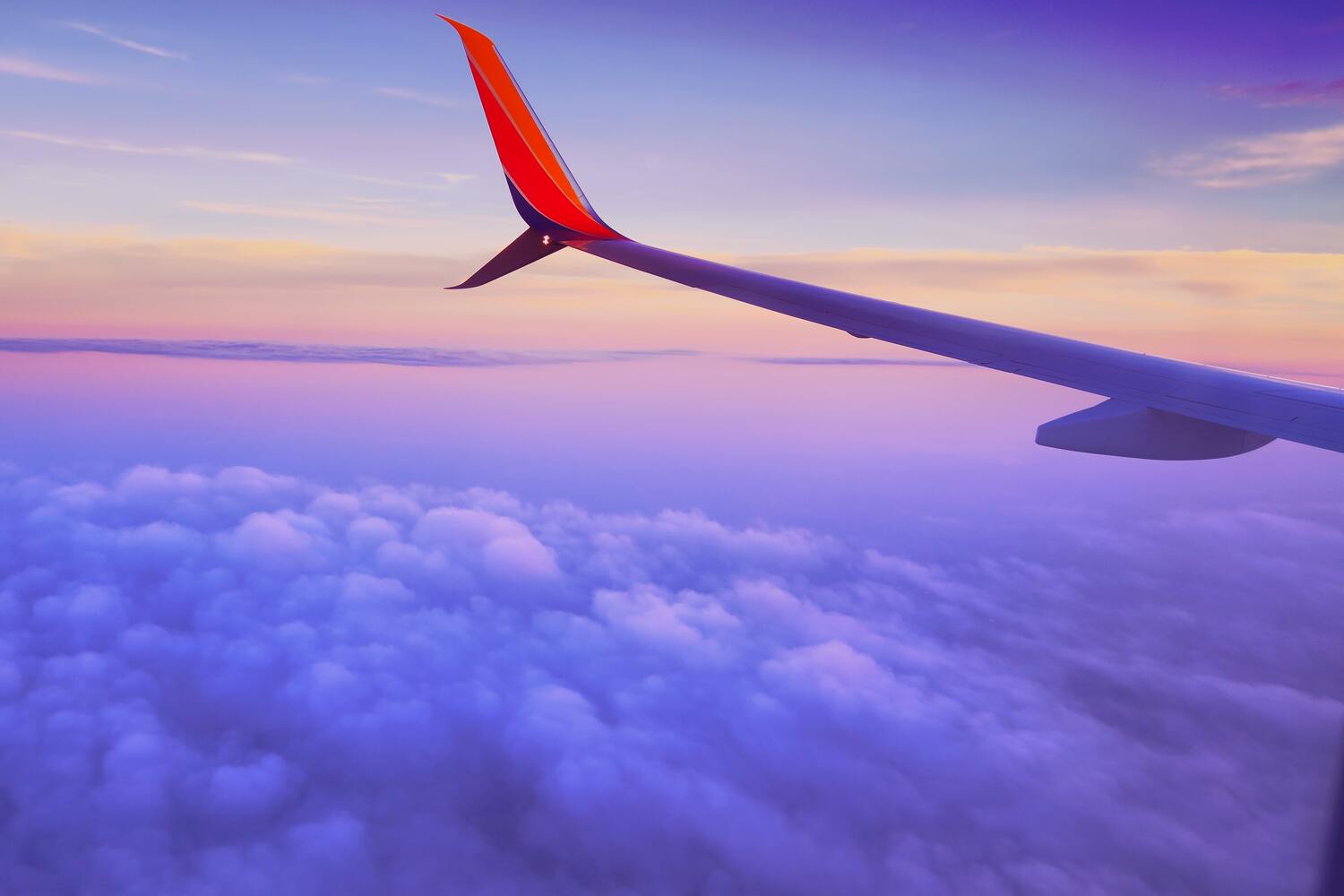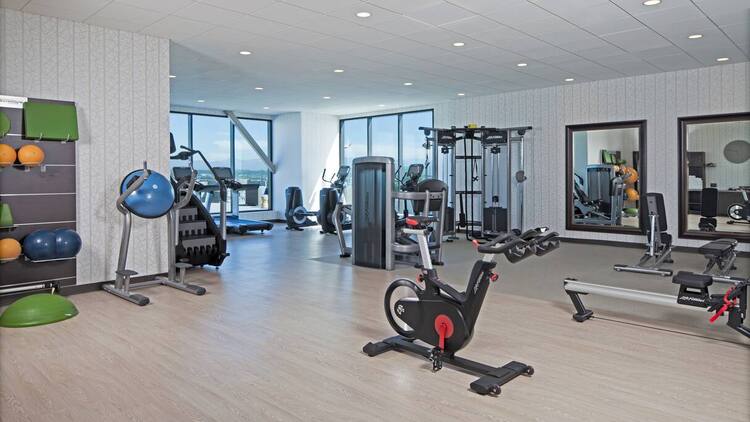You’ve surely heard the term “flight shaming” flying around in recent years. And due to a pang of increasing guilt over what air travel is doing to the environment, people and businesses have gradually started to adopt more of a sustainability-focused mindset.
But will the flight shaming movement have any lasting impact as we look back, or are we dreaded to eventually return to—and surpass—pre-pandemic flying emissions?
What Is Flight Shaming?
In 2018, the term flygskam (meaning flight shame) was coined in Sweden by environmentally conscious travelers. They used the term to describe the uneasiness they felt when flying, eventually starting a movement with their hashtag #jagstannarpåmarken — or #stayontheground.
Swedish activist Greta Thunberg promoted the idea, suggesting that flying should be avoided whenever possible. She further reinforced this idea when she arrived in New York on a zero-emissions sailing boat. Air passenger numbers fell by 5 percent in Sweden while rail numbers increased.
Flight shaming, despite the initial guilt the term provoked in air travelers, is meant to be a force for good. Like similar movements, it serves to pave the way for an understanding that in acknowledging and changing our habits, we can move companies and leaders into a clean era.
The Environment, Airplanes and Green Aviation
When 2019 became the second-hottest year on record for the planet’s surface, the idea that we had to individually do anything we could to help reduce carbon emissions transpired into a collective movement against unnecessary air travel. And then 2020 came and supplanted 2019 as the second-hottest year on the planet. Keyboard warriors mounted.
According to the International Civil Aviation Organization (IACO), 4.5 billion people boarded airplanes in 2019. That air travel was responsible for 3.5 percent of global (carbon and non-carbon) emissions, more formally known as “effective radiative forcing.”
This, of course, is the last year of data before the COVID-19 pandemic brought an abrupt slowdown to airline travel around the globe, a decrease that, at the time of this writing, is still 27 percent below 2019 numbers. Before the coronavirus became a thing in all of our lives, however, air travel was expected to grow an additional 3.5 percent per year.
While positive environmental effects from the global lock down have been observed (see this diagram pictured below from this study), many scientists warn that historically whenever a stark drop in global emissions has occurred, it’s eventually followed by a massive uptick in emissions that wipe out any net gains. The last time a world event led to emissions cuts was during the Great Recession, a savings of 1.3 percent. However, once the economy rebounded in 2010, so too did carbon emissions, to an all-time high annual growth.

While COVID-19 is still very much out and about in the world, more normal routines have returned, and yes, air travel along with them. Has the flight-shaming movement compounded with a pandemic enough to get us on the right track toward substantial emissions reductions?
Perhaps with France’s ban on short-haul flights of under two and a half hours recently going into effect, it will serve as a catalyst for other countries to start taking strides toward a lower-emission future. Domestic flights have the highest carbon footprint of modes of transport, 70 percent higher than long-haul flights, per 2018 numbers.
At the same time, real progress depends on the ambition of the measures. France’s ban may be significant symbolically when we look back, but the cutback reportedly affects only five of the 108 domestic routes flown in pre-pandemic times.
Yet, in 2021, the International Air Transport Organization (IATA) did pledge to achieve net-zero flying by 2050 — a pledge that is equal parts encouraging and daunting.

What is their plan? Sustainable aviation fuel, or SAF.
The life cycle of SAF production and decomposition has optimists believing net zero is a real possibility in our near future. SAF produces 80 percent less CO2 emissions than conventional jet fuel. By using waste to produce SAF that would otherwise decompose in a landfill and generate its own emissions, along with avoiding the use of petroleum in production, SAF leaves a relatively light footprint on the planet.
However, this is merely a fraction of the current reality. SAF usage currently comprises less than 0.1 percent of all aviation fuel. It also costs four times as much as conventional jet fuel. Some critics don’t believe that SAF usage is the correct tactic to decarbonize the airplane engines. They instead point to electric and hydrogen propulsion technology as the true long-term solutions to the problem.
Responsible Traveling vs. Reckless Jet Setting
Inspired by Greta Thunberg, a Berkeley, California resident, Bhima Sherida, avoided flying through 2020 to help reduce his environmental impact. Sherida opted for more eco-friendly travel like trains that reduce your emissions by 84 percent compared to taking a short-haul domestic flight, which is the largest carbon footprint of travel.
Of course, the beauty of aviation is that it helps you reach places that are otherwise inaccessible. You can’t get into your electric car and drive from California to the beaches of Hawaii. Or take a train from New York to Paris. But the important takeaway lies in the idea of responsible traveling versus reckless jet-setting.

What this means on an executable level is not only reducing how much we fly but asking ourselves each and every time we do if it is necessary. Is there a train that makes it to our destination in a reasonable amount of time? Does the flight involve a trip that isn’t going to last long?
When you’re planning your next vacation, considering a deep exploration of your own backyard instead of solely visiting far-away countries is a good place to start. The modern vacation doesn’t need to involve a lot of logistics or take a days to prepare for and unwind from; it can be a daycation or “nearcation,” instead.
Daycation/Staycation/Nearcation
The idea of a “staycation” often appeals to travelers because of its convenience. It’s a wonderful way to travel that allows you to save money and to have more time at your destination. In most ways, local travel is more sustainable. For instance, with HotelsByDay, you can break up your routine by using the amenities of a nice hotel near you. Use the sleek design of its interiors as a place to set up your remote workstation for the day. If you’re located in a city, you can even ride your bike or take local transport to the hotel—a win all-around.
When you approach travel with an open mind, you’ll find that exploring your own area can be just as exotic as jet-setting to a place across the globe, without much of the hassle or footprint on the planet.
Travel exposes us to different cultures, languages, food, and history. With the gift of flight, the world seems smaller and we — as a planet — seem more connected and compassionate. But traveling light and becoming more conscious of excessive air travel is a giant leap in the right direction.
Next time you’re about to book that ticket ask yourself is it necessary to fly to this destination or could another option be chosen instead?
[activecampaign form=2]
Image Credits:
Featured image by Louis Magnotti via Unsplash
“Engineer refueling plane” by Pandu Agus Wismoyo via Unsplash
“Train travel” by Lewis Parsons via Unsplash
Images from H Hotel, Curio Collection by Hilton courtesy of hotel





